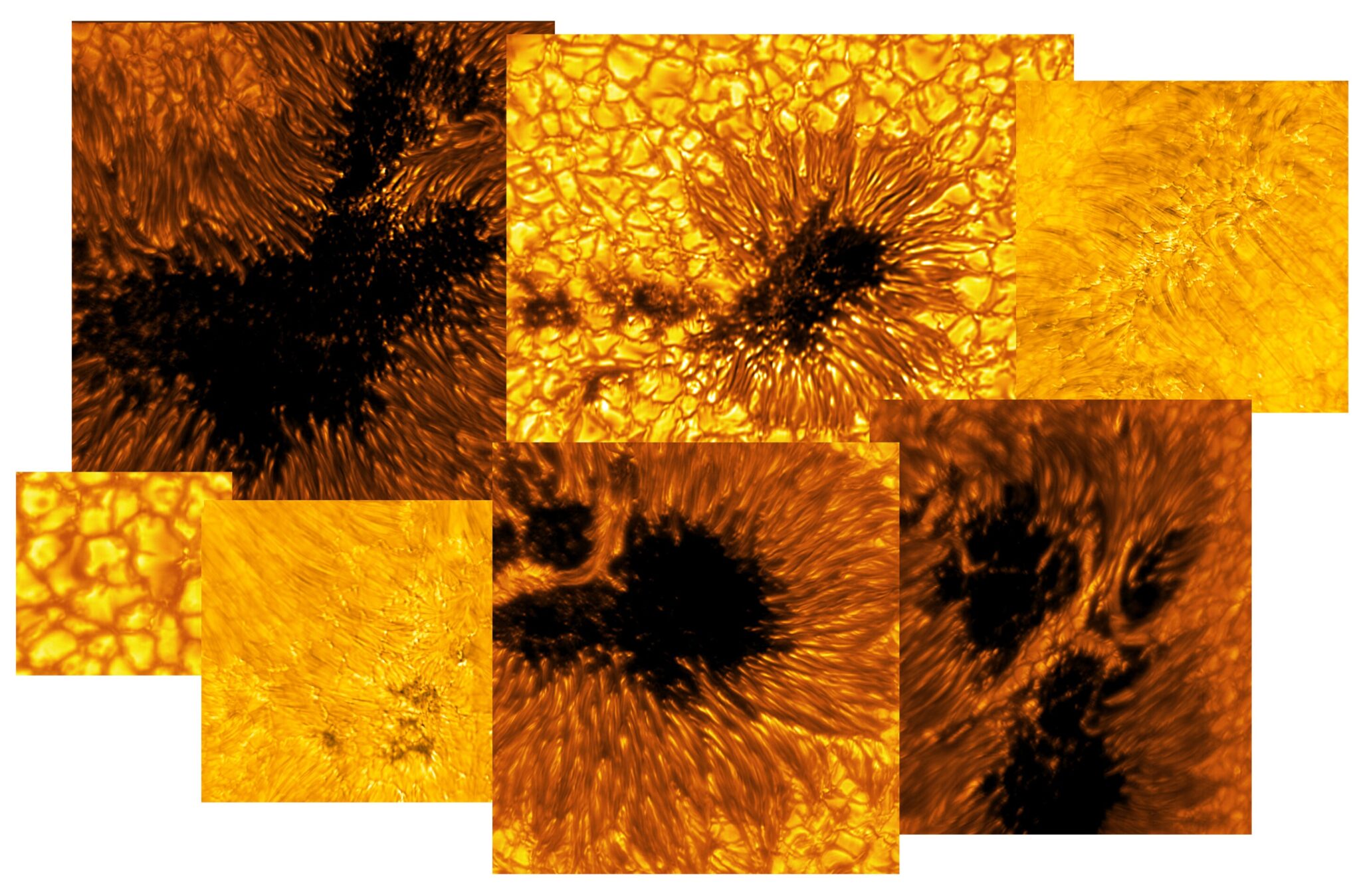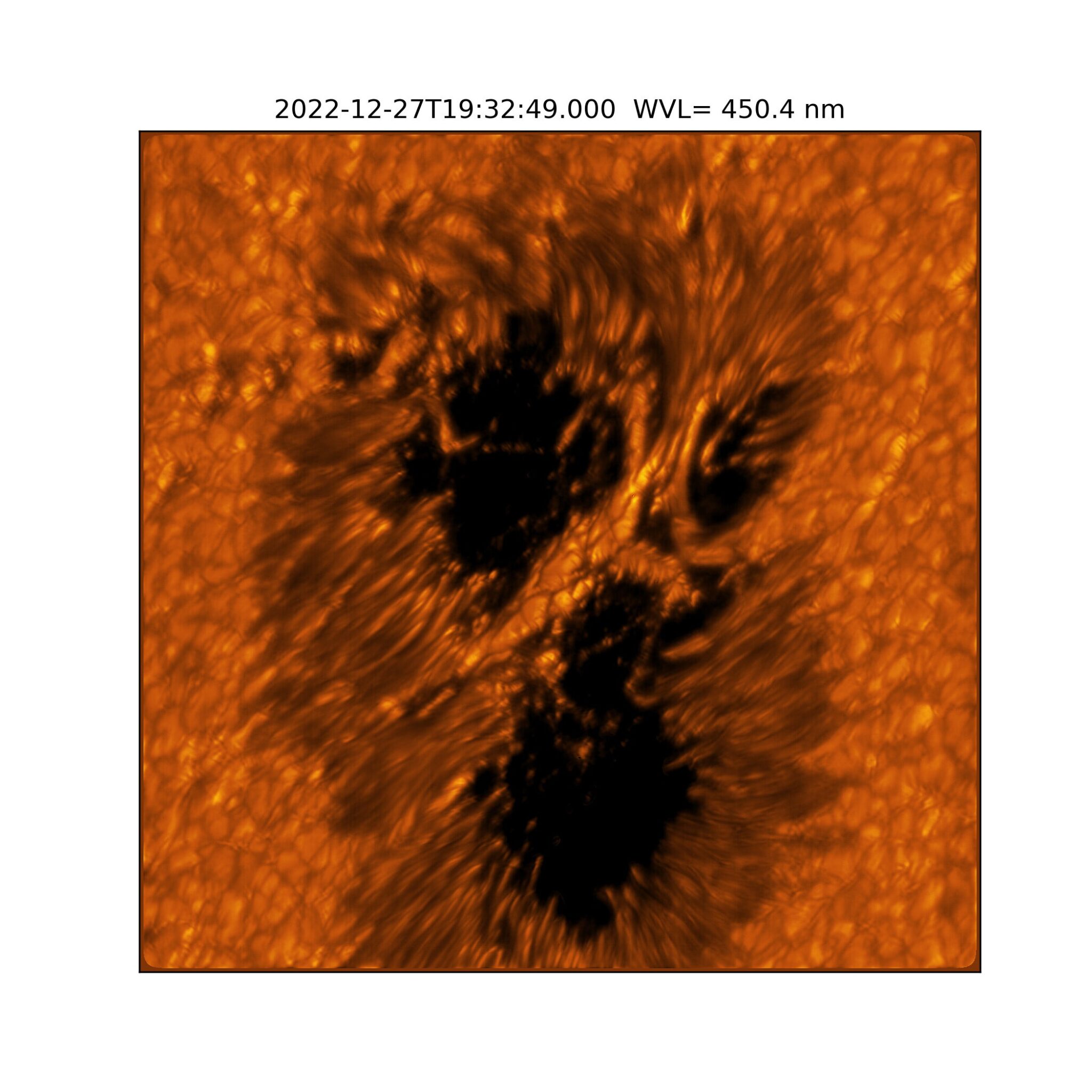The DKIST Solar Telescope (Daniel K. Inouye Solar Telescope) in Hawaii has captured amazing images of our star with maximum approximation. The photos show incredibly bright details of the Sun’s surface.

The images demonstrate the complex features of sunspots — isolated areas on the surface of the Sun where the magnetic field is striking with its strength. Due to these strong magnetic forces, the surrounding plasma cools, forming a dark spot.
Recently published images show convection currents of seething plasma with an incredible level of detail. The scale of the spots is really amazing. Individual tendrils extend for tens of thousands of kilometers. Some sunspots can grow so large in diameter that they can accommodate the entire planet Jupiter.

Detailed photographs can give scientists a new understanding of the nature of the formation of these sunspots and how they can cause solar storms when grouped together. These powerful phenomena send high-energy particles hurtling through the Solar System and can even affect critical infrastructure on Earth as they permeate our atmosphere.
Solar maximum
Currently, solar activity is incredibly high, as the Sun approaches the peak of its approximately 11-year cycle — the point known as the solar maximum, when the poles of the Sun change. It is expected that the next maximum will occur in 2025, after which solar activity will begin to decline again.
Despite all our efforts, we still don’t know much about what causes the formation of these sunspots. But the incredible images of the DKIST telescope may shed new light on these mysterious patterns.
DKIST, the world’s largest solar telescope, officially began its scientific observations in February 2022. It is still at the first commissioning stage as scientists continue to calibrate its scientific instruments. And this means that we should prepare for even stranger images of the alien surface of the Sun in the near future.
Earlier we reported about a deadly superflare on a distant star.
According to Phys.org
Follow us on Twitter to get the most interesting space news in time
https://twitter.com/ust_magazine

